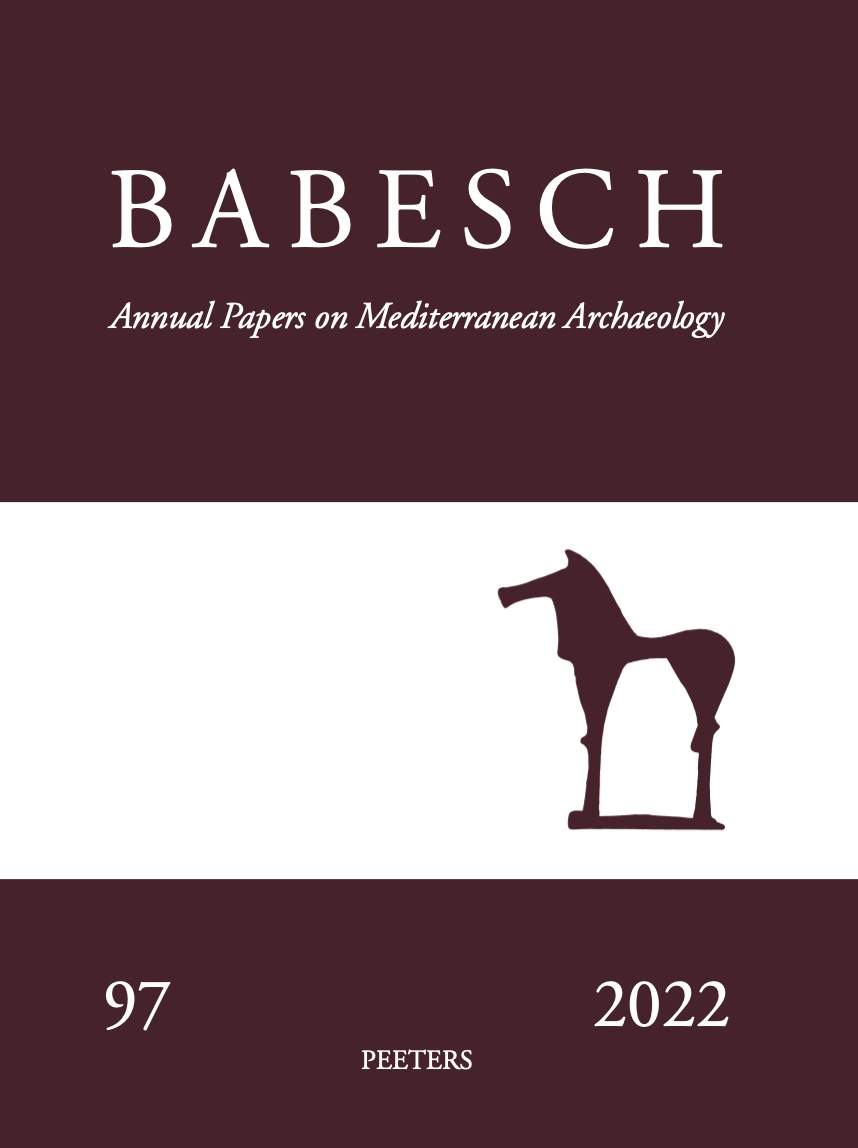 previous article in this issue previous article in this issue | next article in this issue  |

|
Document Details : Title: The Settlement of Muro Tenente, southern Italy Subtitle: Second Interim Report Author(s): BURGERS, Gert-Jan , YNTEMA, Douwe Journal: BABESCH Volume: 73 Date: 1998 Pages: 115-124 DOI: 10.2143/BAB.73.0.539679 Abstract : Well into the 1970s, the archaeology of southern Italy continued to focus on the small coastal enclaves usually indicated as ‘colonies’ which were founded by Greeks in the 8th and 7th century BC. For many years the issue of Greek colonization of the area and the art and architecture of the Italiote city states were in the limelight. Over the last three decades, however, research perspectives have changed in several respects. They have widened thematically as well as geographically and chronologically. They have, therefore, come to include Greek interaction with the native populations inhabiting the vast districts surrounding the relatively small Greek enclaves of southern Italy. Moreover, the dynamics of these native societies are increasingly being explored as a major field of research. In line with these new approaches, the evolution of native societies is being traced to well within the period of their integration into the Roman state. This integration took place in the middle to late Hellenistic period after the Roman conquest of the area in the second quarter of the 3rd century BC. These new fields of research are also central to the research programme launched in 1981 by the Archaeological Institute of the Vrije Universiteit of Amsterdam (AIVU).1The present report supplies the preliminary results of the most recent investigations carried out within the framework of this programme. They concern the site commonly known as ‘Muro Tenente’. It is situated in southern Apulia, in the territory of the town of Mesagne, approxi- mately 20 km south-west of the present-day town of Brindisi. |
|
